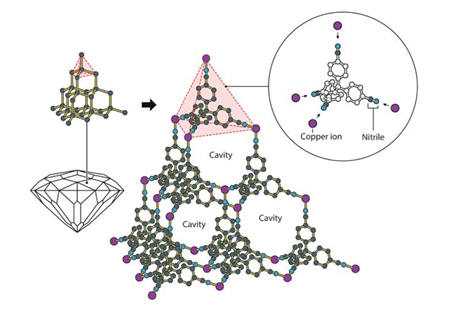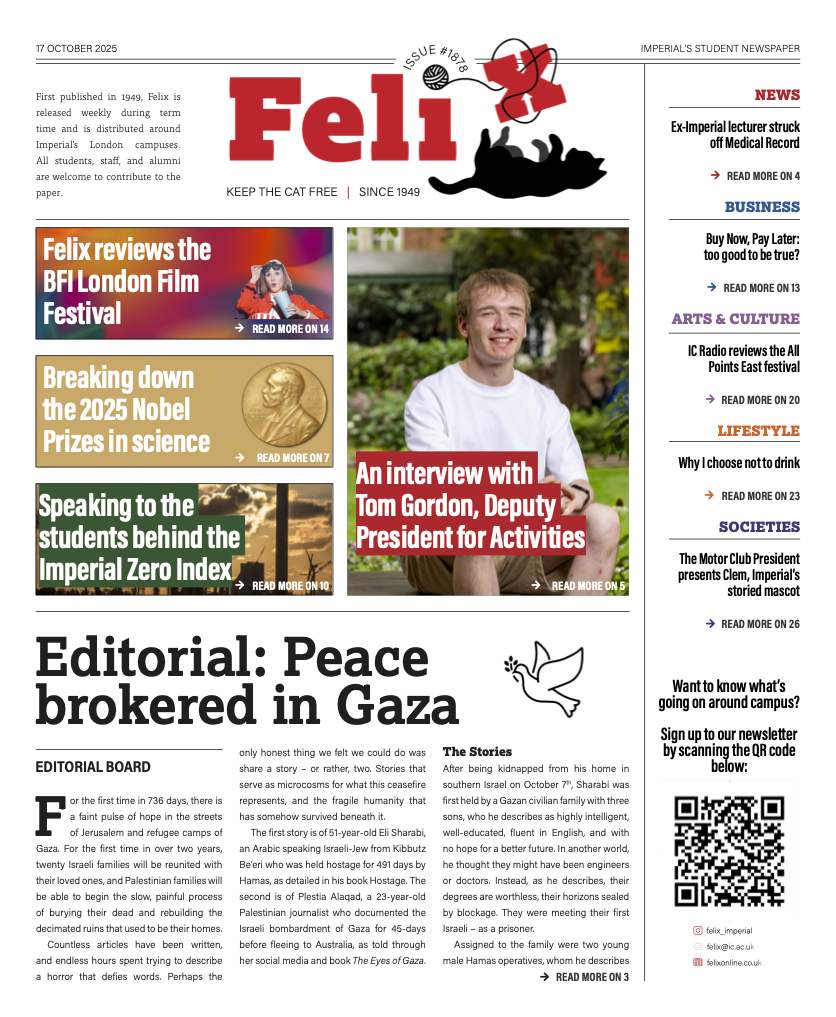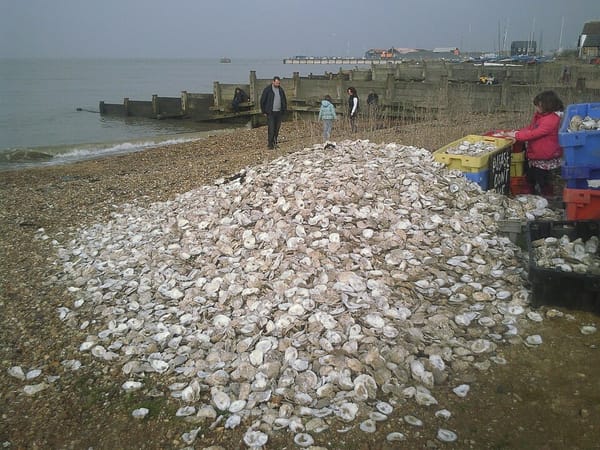Nobel Prize for Chemistry 2025
Prime Real Estate for Molecules
Metal-organic frameworks are porous materials formed by the organization of metal ions with carbon-based molecules. These crystals have large cavities which allow them to capture and store specific substances.
The field of chemistry has been rife with “zero” dimensional structural synthesis for several decades. Construction of single and discrete compounds, i.e. small, individual molecules is possible even at a complex level. On the other hand, for multidimensional extended structures such as lattices, the synthesis process had remained elusive. It was even more complex to synthesize materials whose scaffolding could contain smaller molecules in the gaps within the larger molecule.
With Alfred Werner’s (1913 Nobel Prize in Chemistry) work on the assembly of 2D and 3D structures using metal coordination of organic ligands, it came to light that metal coordination could provide clarity on structural design.
The idea for metal-organic frameworks (MOFs) began with Richard Robson in 1974. In an attempt to turn wooden balls into atomic models, he wondered how to mark out where to drill holes into these balls. As he pondered, it became evident that the positioning of these holes was poignant in informing the structure and orientation of molecules. Since each atom forms chemical bonds in a specific way, the position of the holes automatically ensures that the model molecules have an accurate form.
Robson experimented with a pyramidic molecule resembling the structure of diamond, and combined it with copper ions, which like carbon, form 4 bonds and give rise to pyramidic structures. This experiment led to the revelation that the ions and molecules organized themselves into a large molecular construction, owing to their inherent attraction to each other. These constructions, however, were unstable.

The work of Susumu Kitagawa and Omar Yaghi in the 90s brought stability to Robson’s foundations. Kitagawa’s group created a 3D metal-organic framework which could absorb and release gases without changing shape.
Since MOFs can be created from many different types of molecules, they provide ground for many different functions. Unlike materials that preceded the creation of MOFs, these unique molecular frameworks could form soft and pliant materials.
Yaghi presented MOF-5 in 1999, which became a milestone in the field of materials, being extensively spacious and allowing for heating up to 300°C without collapse. A variant could store massive volumes of methane. These MOFs could also drive chemical reactions or conduct electricity.
MOFs, with their high versatility, have taken the world by storm. Yaghi’s group went on to use these to harvest water from desert air in Arizona. These frameworks were also found to be usable, when scaled, for storage of toxic gases involved in semiconductor manufacturing. Currently, MOFs are being tested for use in reduction of greenhouse gas emission by capturing carbon dioxide, pointing at massive scope for further impact.
Together, the 2025 Nobel prizewinners: Richard Robson, Susumu Kitagawa, and Omar Yaghi have fostered in the field of chemistry, a new opportunity for the scientists that follow to create transformation through novel materials.
In the words of Heiner Linke, Chair of the Nobel Committee for Chemistry, “Metal–organic frameworks have enormous potential, bringing previously unforeseen opportunities for custom-made materials with new functions.”









